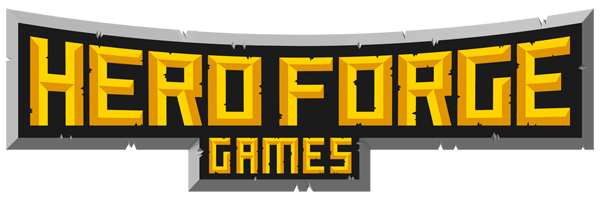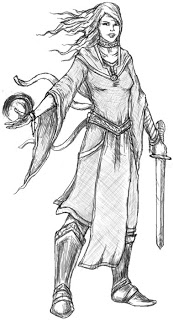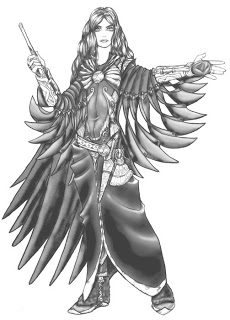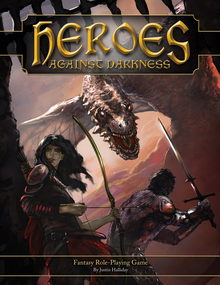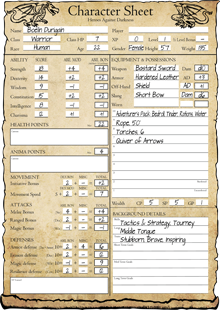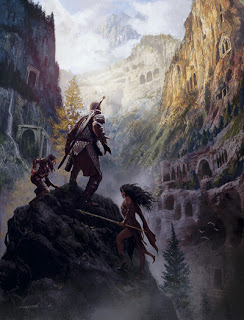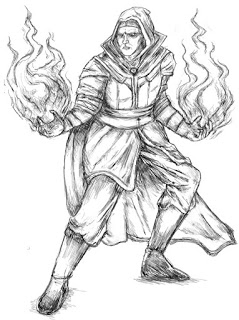Remaking Magic: Avoid All Absolutes
Yet another of my self-imposed ‘rules’ for Heroes Against Darkness is to avoid the sorts of absolute effects of earlier (and future!) versions of D&D. The history of D&D is littered with absolute effects, here are a few of the more egregious that come to mind:
• Immunities (such as the Dwarven immunity to poison that has reappeared in the D&D Next playtest)
• Weapon Requirements (creatures that are only vulnerable to +1 or better weapons?!?)
• Massive Damage (creatures taking more than 50 HP damage in a single attack must save or die)
• Sleep Immunity (Elves are immune to sleep effects)
• Attacking Low-Level Enemies (Fighters can make multiple attacks against enemies of 1 HD)
Each of these examples has an absolute effect and has no regard for the magnitude or potency of the effect, nor the relative strength or weakness of the target and the attacker. But these are mechanical examples, and we’re here to discuss magic, so how about some examples of D&D spells that have absolute effects:
• Magic Missile (always hits, even targets that have cover or high magic defense)
• Sleep (affects 4 HD of creatures, or creatures with less than 10 HP each in the D&D Next playtest)
• Knock (opens any old lock, no waiting)
• Power Word Kill (target with up to 100 HP must make save or die)
In Heroes Against Darkness I’ve tried to kill the sacred cows, to remove the anomalies and exceptions and layers that are gumming up the works of D&D, and to get rid of the evidence of the biases and idiosyncrasies of the designers behind the systems.
• Why does Magic Missile automatically hit? Because someone decided to make an exception.
• Why does Knock open any lock? Because someone didn’t have a rogue/thief with the party that day?
• Why can’t clerics use edged weapons? Because someone misunderstands or misrepresents a piece of history.
• Why can magic-users only use daggers or staffs? Because someone likes it like that.
• Why does sleep affect 4 HD of creatures and not 5 HD?
• Why do fighters only get attacks against 1 HD creatures What about 2 HD creatures? Why are they so different?
Heroes Against Darkness avoids these sorts of absolutes by using inclusive design, rather than specific design (such as for equipment proficiencies), by using Defenses and Attacks to determine whether an attack hits or not, and by applying costs to spell components to ensure that the overall cost of a spell is proportional to its actual power. The one area where I am most likely to have made arbitrary decisions in Heroes Against Darkness is in the assignment of martial powers to each level. It’s here where I’ve had to make judgements of the relative utility and required skill level for each of the powers, and it’s here where I’m most likely to have erred. So if you find evidence of my idiosyncrasies and biases, let me know so I can take them out the back and put them on the spit with the rest of the sacred cows!
For further reading, check out these articles by Sean Reynolds:
Fewer Absolute Effects (Variant Rule) – Part 1
Fewer Absolute Effects (Variant Rule) – Part 2
Check out Heroes Against Darkness over at the downloads page: Heroes Against Darkness – Game Rules.
